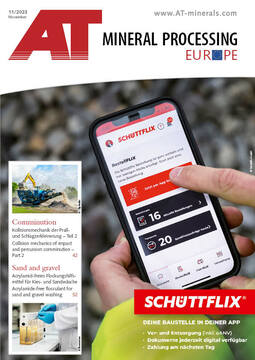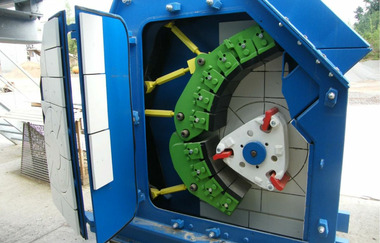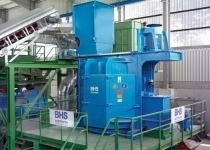The collision mechanics of impact and percussion comminution – Part 1 and Part 2
In numerous machines, the comminution of primary and secondary raw materials is based on the physical effect of collision. This effect is realized by means of the active principles of impact and percussion. These active principles effect four types of collision either between the raw material particles or with machine components: elastic-plastic, rebounding, penetrating and energy-releasing collisions.
Widening of the theory of restitution to the theory of collision enables its formulation in physical terms. For this purpose, the coefficient of restitution is extended and termed the coefficient of collision. The value range then extends from - 1 to ∞. Here the coefficient of collision from - 1 to 0 characterizes the penetrating collision, from 0 to 1 the elastic-plastic and rebounding collisions and from 1 to ∞ the energy-releasing collision. Comminution is effected in all collision types apart from in elastic-plastic collisions.
Part 1 of the technical contribution published in AT 10/2023, pp. 46-56.
Part 2 of the technical contribution published in AT 11/2023, pp. 42-51.

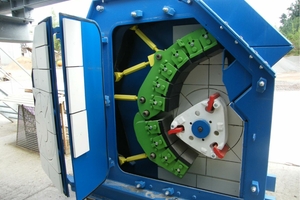
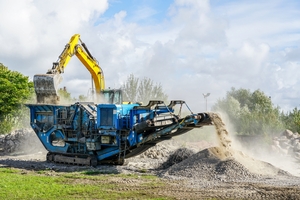
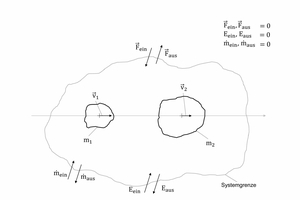
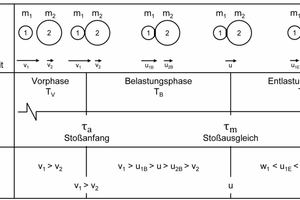
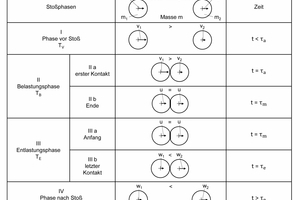
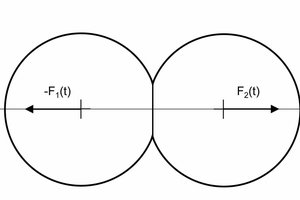
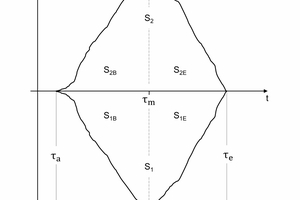
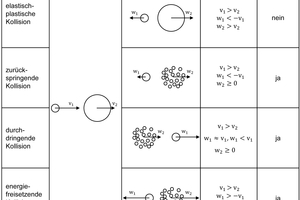
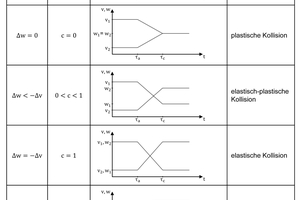
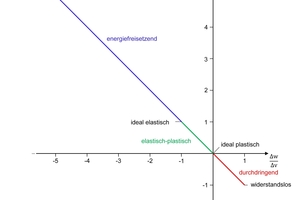
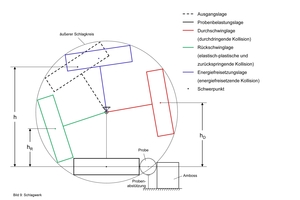
![10 Coefficient of collision c as a function of the particle-mass-specific loading energy Espec (glass balls), data from [17], mean values](https://www.at-minerals.com/imgs/2/0/1/9/4/4/3/tok_98cd465df39743a31aaf228d7f01ddbd/w300_h200_x600_y468_Bild_10-3e649c54181dc70e.jpeg)
![11 Coefficient of collision c as a function of the particle-mass-specific loading energy Espec (quartz porphyry, Hartmannsdorf), data from [32], mean values](https://www.at-minerals.com/imgs/2/0/1/9/4/4/3/tok_84e37eca7c0bf4e328aa7df9a9fd0b7e/w300_h200_x600_y498_Bild_11-92c3af55c32e13f9.jpeg)
